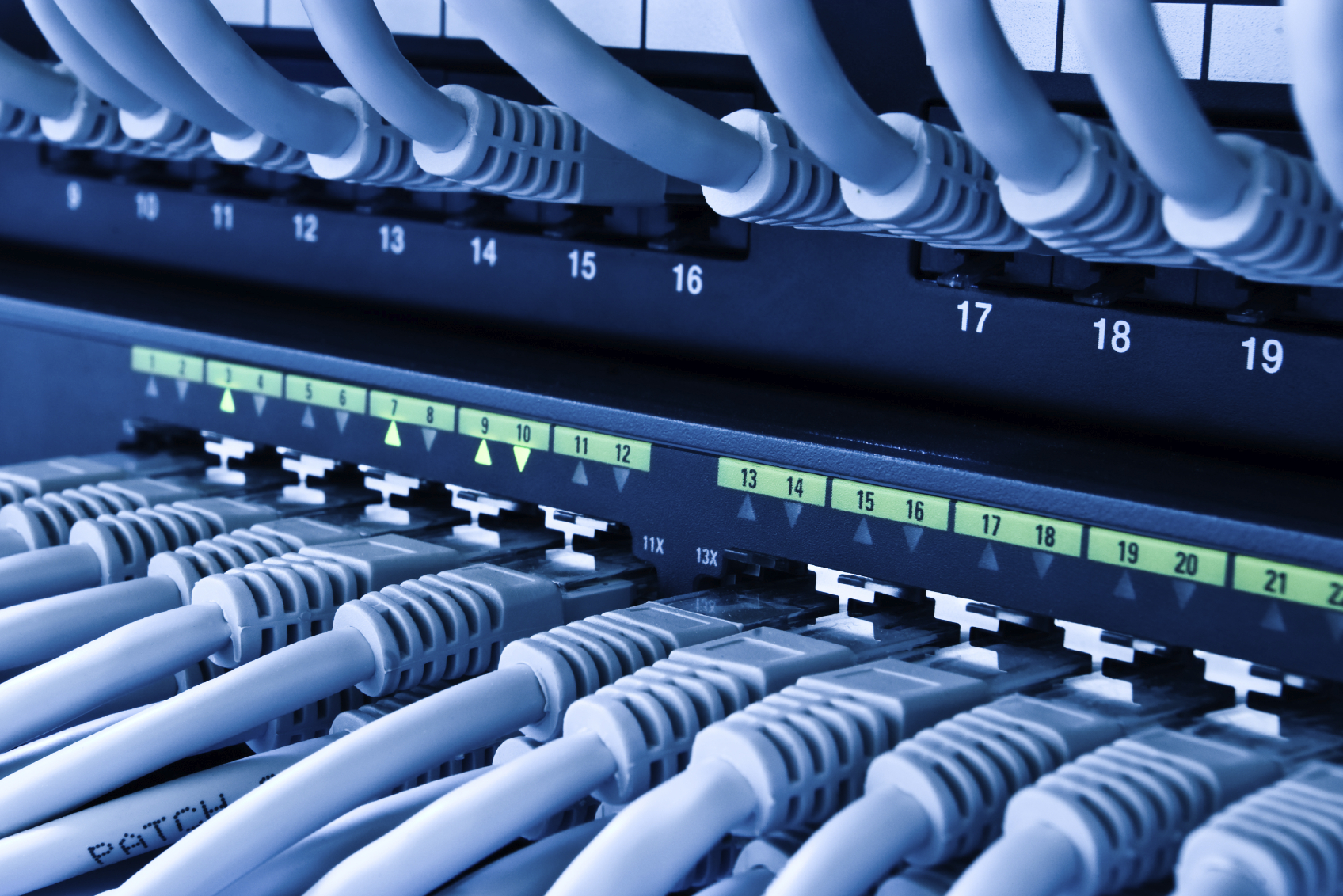This blog post is an excerpt from our recent Research Brief, Accelerating Government Transformation with Network Modernization. To read the full piece, head here.
Network modernization maximizes business value through a succession of tactical and strategic steps that transform your infrastructure and operations to be as efficient as possible — for present and future demand.
In the government IT sector today, it’s no longer enough to just expand and overlay legacy networks. These increasingly complex and sub-optimal networks:
- Increase energy and space costs
- Hamper service delivery times
- Consume a disproportionate amount of budget & resource
There is a solution, however. Network modernization, when planned strategically, allows you to achieve agency missions while maximizing your budgets and resources.
“We all know that digital government is important because it enables greater transparency as well as the flexibility to quickly determine and respond to citizen needs,” said Renee Reinke, who leads Ciena’s vertical marketing for federal governments on a global basis. Only when networks are modernized can governments properly live up to this new digital government standard of agility and flexibility, Reinke said.
“The adoption of cloud services has changed how we use the network. Thus how we architect the network to provide highly scalable, secure and reliable application performance needs to change as well,” said Reinke. “Today’s network architectures are not sustainable from a cost-to-scale or security perspective.”
Modernization of government networks requires a strategic approach of supporting both critical legacy applications and newer cloud applications’ performance requirements. The public sector also needs the ability to scale the network cost-effectively; the ability to create virtualized network-connection resources that can be application-responsive and the need to improve IT’s ability to deliver mission-critical services with agile and timely responses.
Today, government agencies require the flexibility to quickly deliver solutions to meet rapidly changing mission needs. There are three key strategic network capabilities that ensure mission success for government, said Reinke:
- On-Demand Network Scalability: Integrating packet and optical network functionality into a single, converged, programmable platform enables a massively scalable, cost-effective network infrastructure foundation. Software-defined networking (SDN) enables the orchestration of programmable network infrastructure to create a virtualized pool of the network resources enabling end-user or application driven on demand network services
- End Point Appliance Virtualization: Network function virtualization (NFV) is poised to revolutionize the cost-efficiency and speed of service delivery of network appliances.
- Multi-layer security: Consolidation of multiple networks into a converged architecture reduces the threat surface. Wire-speed encryption at the transport layer ensures latency-free, bulk encryption of traffic end to end across the network.
“A network modernization strategy that converges existing networks onto a single multi-protocol, SDN controllable packet-optical transport architecture enables agencies to address key initiatives, without forklift network upgrades. Network modernization enables the following,” Reinke explained:
- Cost-effective path for bandwidth growth now and into the future
- Improved service delivery times and quicker mission response
- Improved cybersecurity
- Simplification and cost-reduction of network operations
“At the end of the day, we are all consumers in the digital age; we have become accustom to instant gratification of our needs,” said Reinke. “We rely on our smartphones and web sites to provide instant responses and enable self-service functionality.”
Government is responding to consumer demands and moving more and more in this direction, Reinke said.
“Agencies across the board are enabling digital government. But the criticality of the network in delivering a great digital experience is often overlooked,” she said. “If the network performance is sub-par, if it’s not secure, then it doesn’t matter how great your website or cloud based application might be. Mission success is reliant on the performance of the network and complex legacy networks are not up to the task.”





Leave a Reply
You must be logged in to post a comment.